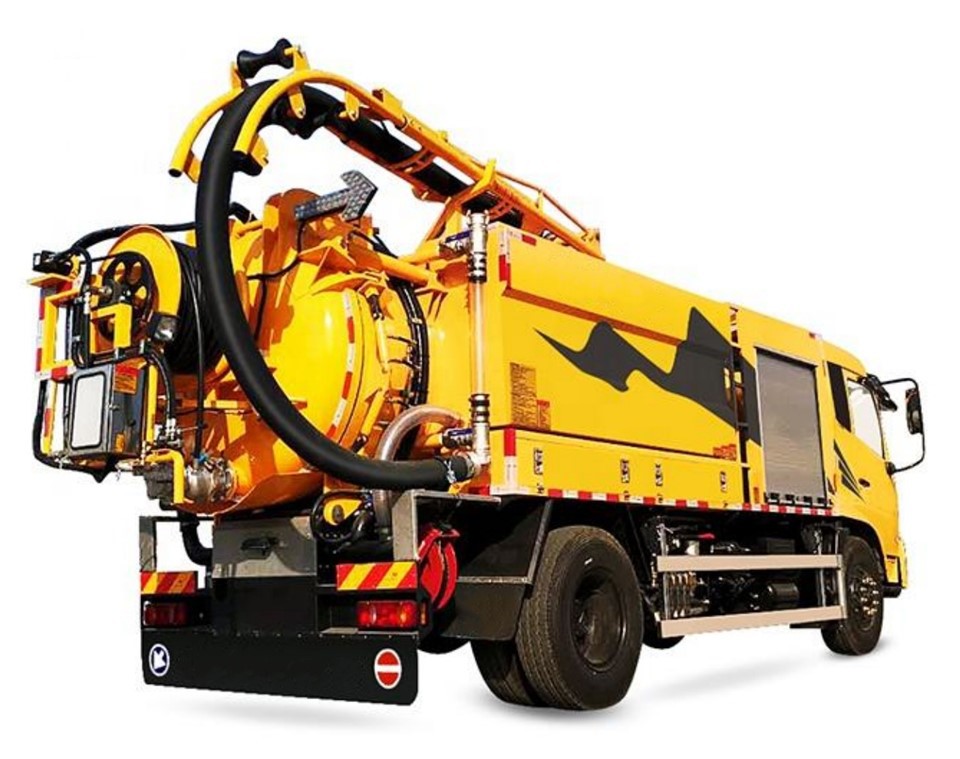Service Truck Lube Skid: The Ultimate Guide to Efficient Mobile Lubrication

In the world of heavy machinery and commercial vehicles, maintaining equipment’s performance is non-negotiable. One fundamental aspect of maintenance is regular lubrication. A service truck lube skid is a vital tool in ensuring that all machinery is serviced efficiently. This article delves into everything you need to know about service truck lube skids, navigating from their components to tips for maximizing their efficiency.
Understanding Service Truck Lube Skids
Service truck lube skids are specialized equipment mounted on service trucks, designed to store and dispense lubricants, oils, and fluids for maintenance. These skids provide an efficient way to service multiple pieces of equipment on-site, eliminating the need to transport machines to service centers, which saves time and resources.
What is a Service Truck Lube Skid?
A service truck lube skid consists of various components that facilitate the storage, transfer, and dispensing of lubricants. Typically, these are skid-mounted for easy installation and removal from service vehicles. The primary functions include oil changes, fluid top-offs, and emergency lubrication needs.
Key Components of a Lube Skid
- Tank: Stores oils and lubricants.
- Pump: Transfers fluid from the tank to application points.
- Hoses and Nozzles: Direct the flow of lubricant to various equipment parts.
- Filters: Help maintain fluid cleanliness.
- Metering Systems: Provide accurate dispensing information.
Benefits of Using a Service Truck Lube Skid
The benefits of implementing a service truck lube skid are numerous and significant.
1. Increased Efficiency
Service truck lube skids allow technicians to provide on-site lubrication quickly, minimizing downtime. This efficiency translates to increased productivity and reduced operational costs.
2. Cost-Effective
Instead of sending machines to a stationary workshop, businesses can save on transportation costs. Having lubrication services on-site ensures that service can occur as needed, preventing minor issues from escalating into costly repairs.
3. Improved Maintenance Records
Many modern lube skids come equipped with digital tracking systems that log fluid usage and service histories. This data helps businesses maintain accurate records, leading to better long-term maintenance strategies.
Choosing the Right Service Truck Lube Skid
Selecting a lube skid involves evaluating factors that match your specific operational needs.
1. Size and Capacity
Your choice should consider the volume of fluid needed and whether the skid will fit in the service vehicle.
2. Type of Lubricants
Determine the types of lubricants you will store. Different equipment may require various oil types, so having a skid that can handle multiple fluids is beneficial.
3. Pump Specifications
The pump’s output pressure, flow rate, and power source (manual, electric) should be adapted to your requirements for rapid and effective dispensing.
Setting Up a Lube Skid on Your Service Truck
Proper installation of a lube skid is crucial for operation efficiency. Follow these steps for effective setup:
1. Preparing the Truck
Ensure the service truck has a flat, stable surface and is equipped with the necessary safety features.
2. Mounting the Skid

Securely fasten the skid to avoid movement during transportation. Use anchors and safety straps when necessary.
3. Connecting the Hoses
Attach all necessary hoses and ensure they are rated for the pressures and types of fluids used.
Best Practices for Operating a Service Truck Lube Skid
To ensure longevity and efficiency, follow these best practices:
1. Regular Maintenance
Regularly check for leaks and service components such as pumps and nozzles to avoid service interruptions.
2. Cleanliness
Keep the lubricant tanks and associated areas clean and free of debris. This helps prevent contamination and maintains fluid quality.
3. Operator Training
Provide comprehensive training for all operators on the equipment’s function, safety procedures, and dispensing techniques.
Examples of Common Uses for Service Truck Lube Skids
Here are a few scenarios where service truck lube skids play a crucial role:
1. Construction Sites
Heavy machinery, bulldozers, and excavators on construction sites can be lubricated on-location, reducing downtime significantly.
2. Forestry Operations
Forestry equipment benefits from mobile lubrication due to the remote locations of logging sites.
3. Transportation Fleets
Trucking companies can use lube skids to perform routine maintenance on trucks before long hauls.
Tips for Maximizing the Utility of Your Lube Skid
Here are a few practical tips to get the most out of your service truck lube skid:
1. Invest in Automation
Consider automated systems for dispensing fluids. This can help streamline operations and prevent human error in measurements.
2. Collaborate with Equipment Manufacturers
Consult with machinery manufacturers for specific lubrication recommendations. This ensures that you are using the correct fluids for each type of equipment.
3. Regular Updates
Keep up with the latest advancements in lubrication technology. New products may improve efficiency or lower costs.
Frequently Asked Questions (FAQs)
1. What types of lubricants can I store in a service truck lube skid?
You can store various types of oil and fluids, including engine oil, hydraulic fluid, gear oil, and grease, depending on the specifications of your lube skid.
2. How often should I maintain my service truck lube skid?
Routine inspections should occur every 3-6 months, with more frequent checks after heavy use to ensure all components are functioning correctly.
3. Can service truck lube skids be customized?

Yes, many manufacturers offer customization options to fit the specific needs of different industries or applications.
4. What safety measures should I implement when using a lube skid?
Always use personal protective equipment, check for leaks regularly, and ensure proper training for all operators using the lube skid.
5. How do I prevent contamination of lubricants in the skid?

Keep containers sealed, use clean dispensing equipment, and conduct regular inspections of storage tanks to prevent exposure to dirt and debris.
6. Is it worth investing in a service truck lube skid for small businesses?
Definitely! A lube skid can save time and costs on maintenance, which is valuable for any size business with machinery that requires regular lubrication.
Service truck lube skids are essential for any business involved in heavy machinery maintenance. Their efficiency, cost-effectiveness, and ability to provide on-site service make them an indispensable tool in the industry. With proper care and use, a lube skid can significantly contribute to your equipment’s longevity and performance.
